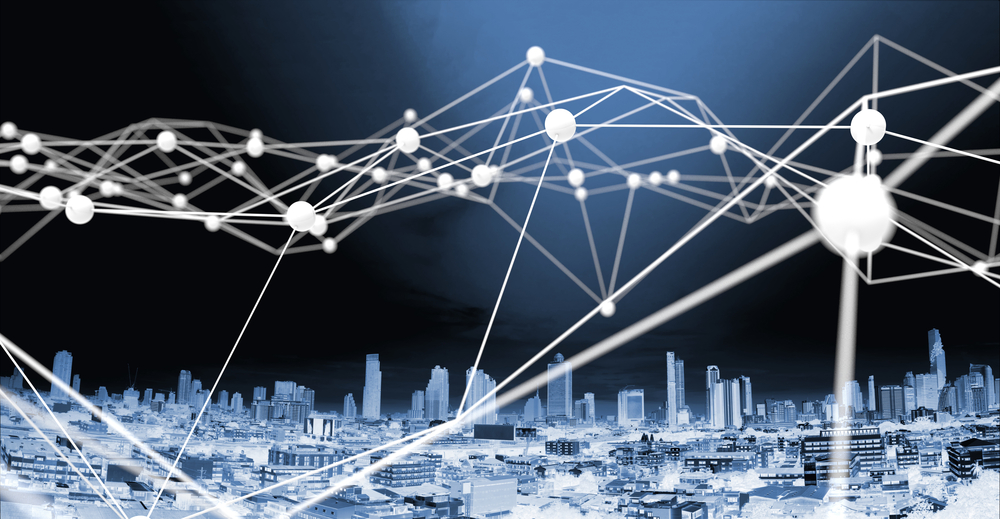
The Future of GenAI: How GraphRAG Enhances LLM Accuracy and Powers Better Decision-Making

(Zapp2Photo/Shutterstock)
We’ve all heard the expression that data is the lifeblood of modern organizations, but it’s really an enterprise’s ability to understand its data that is invaluable. Knowledge graphs give enterprises a deep understanding of their data by acting as a collective “common sense” for the organization. They do this by deriving insights from the relationships and context that exist between data. This enhanced understanding empowers enterprises to make more informed, consistent decisions that drive positive business outcomes.
Now, enter retrieval-augmented generation (RAG). In simple terms, RAG is a process that optimizes the output of large language models (LLMs) so they provide more accurate, reliable information. When RAG is enhanced with knowledge graphs (known as GraphRAG), it significantly improves the accuracy and long-term reasoning abilities of LLMs.
GraphRAG is still in its infancy, but there’s good reason to believe it could enhance LLM accuracy by up to three times, according to a recent paper. GraphRAG is poised to usher in the next era of generative AI, and will eventually lead us to neuro-symbolic AI, the “Holy Grail” of AI technology.
Let’s take a closer look at the incredible potential of this technology pairing.
Addressing RAG’s Limitations with Knowledge Graphs
Knowledge graphs address the limitations associated with RAG in two key ways.
First, they add more structure to raw text data by linking pieces of information that exist within different documents. Second, knowledge graphs use a better search strategy to retrieve the most relevant information. This improves LLM accuracy and reduces the chance of hallucinations occurring.
The evolution of GraphRAG can be likened to the transition from AltaVista, one of the first web search engines, to Google. AltaVista conducted web retrieval based on keywords alone, which was useful, but only marginally so. Google completely revolutionized search when it retrieved results based on both keywords and PageRank, which took into account the importance and relevance of each webpage in relation to the keyword searched. This is essentially what GraphRAG is doing: traversing a graph of information and using context to provide the most relevant, accurate answers.
Answering Highly Complex Questions with GraphRAG
GraphRAG can answer incredibly complex, abstract questions about things that, at first, may seem to have little to no connection to the untrained eye. Here are a few examples:
Q: Which two airlines would be cousins in Greek mythology?
A: Helios and Atlas.
No single piece of documentation exists to answer this question, i.e. the answer can’t be found on Google or in a book. Instead, GraphRAG must connect the dots between disparate data sources to reason the answer. It first identifies which airlines are named after figures in Greek mythology, and then examines both Helios’ and Atlas’ family trees to confirm their relation to one another.
Q: How do Microsoft’s sales impact the number of malaria cases in Rwanda?
A: As Microsoft’s sales increase, malaria cases in Rwanda decrease over time.
Again, there is no specific documentation that explicitly answers this question. GraphRAG makes the connection that, when Microsoft sales increase, the Bill & Melinda Gates Foundation invests more money into malaria research and treatment, which in turn reduces cases of the disease in Rwanda.
Using GraphRAG to Overcome Business Challenges
While the previous examples are quite abstract to illustrate GraphRAG’s incredible reasoning capabilities, the example below illustrates a more plausible scenario a business might encounter when asking its LLM supply chain questions.
A home improvement company worries that fires in Arizona might affect their operations. They ask the questions:
- What are popular items that are low in inventory that ship from Arizona?
- If some items that come from Arizona go out of stock what other products are affected?
While information regarding each of these components (vendors, sales, tools, inventory, shipping location, etc.) exists somewhere, those data sources are not connected and incredibly difficult to track down manually. Therefore, answering these seemingly straightforward supply chain questions requires GraphRAG to uncover the most accurate, timely answers that take each factor—and their relation to one another—into account.
Looking Forward: Key Benefits and Considerations for GraphRAG
As noted, GraphRAG’s key benefit is its remarkable ability to improve LLMs’ accuracy and long-term reasoning capabilities. This is crucial because more accurate LLMs can automate increasingly complex and nuanced tasks and provide insights that fuel better decision-making.
Additionally, higher-performing LLMs can be applied to a broader range of use cases, including those within sensitive industries that require a very high level of accuracy, such as healthcare and finance. That being said, human oversight is necessary as GraphRAG progresses. It’s vital that each answer or piece of information the technology produces is verifiable, and its reasoning can be traced back manually through the graph if necessary.
In today’s world, success hinges on an enterprise’s ability to understand and properly leverage its data. But most organizations are swimming in hundreds of thousands of tables of data with little insight into what’s actually going on. This can lead to poor decision-making and technical debt if not addressed.
Knowledge graphs are critical for helping enterprises make sense of their data, and when combined with RAG, the possibilities are endless. GraphRAG is propelling the next wave of generative AI, and organizations who understand this will be at the forefront of innovation.
About the author: Nikolaos Vasiloglou is the VP of Research for ML at RelationalAI, where he leads research and strategic initiatives at the intersection of Large Language Models and Knowledge Graphs. He has spent his career building ML software and leading data science projects in retail, online advertising and security. He is also a member of the ICLR/ICML/NeurIPS/UAI/MLconf/KGC/IEEE S&P community, having served as an author, reviewer and organizer of Workshops and the main conference.




























